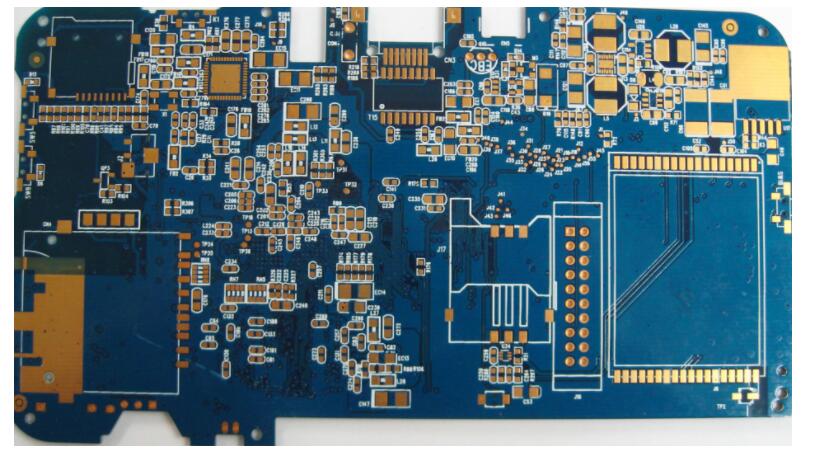There are several methods for double-sided reflow soldering
In PCB proofing, double-sided reflow soldering is an important process. Generally, two methods are used: red glue process on one side and solder paste process on the other side; solder paste process on both sides. After the solder paste is melted, when it is dissolved again The melting point of the solder paste is 5 degrees higher than the melting point of the solder paste, and then when the other side is soldered, the temperature setting in the lower temperature zone of the soldering zone is 5 degrees lower than the temperature setting of the upper temperature zone.
Here is a detailed explanation of these two methods:
1. Reflow soldering of red glue first and solder paste:
This process is generally suitable for denser components, and when the height of the components on one side is different, it is usually red glue. In particular, the large components have high gravity, and they will fall off after reflow soldering, and the red glue will be firmer when heated.
Process: Incoming inspection-->PCB's A-side silk screen solder paste-->SMD-->AOI or QC inspection-->A-side reflow soldering-->turnover-->PCB's B-side silk screen red glue or Red glue (special attention: whether it is red glue or silk screen red glue, the red glue is applied to the middle part of the component. Do not let the red glue contaminate the pads of the PCB component feet, otherwise the component feet cannot be soldered. )-->SMD-->Drying-->Cleaning-->Testing-->Rework.

Note: Be sure to solder the solder paste surface first, and then dry the red rubber surface, because the drying temperature of the red rubber is relatively low, and it can be cured at about 180 degrees. If the red glue surface is dried first, it is easy to cause component drop in the subsequent operation of the solder paste surface.
2. Reflow soldering of solder paste on both sides:
Generally, there are a lot of components on both sides, and when there are large dense-footed ICs or BGAs on both sides, only solder paste can be used for mounting. If red glue is applied, it is easy to make the IC pins and the pads unable to align.
Process: Incoming inspection-->PCB A side silk screen solder paste-->SMD-->QC or AOI inspection-->A side reflow soldering-->Flip board-->PCB B side silk screen solder paste- ->SMD-->QC or AOI inspection-->Reflow soldering-->Cleaning-->Inspection-->Rework.
Note: In order to avoid the falling off of large components when passing the B side, when setting the reflow temperature, the temperature of the molten solder zone in the lower temperature zone should be set 5 degrees lower than the temperature in the upper temperature zone. In this way, the tin underneath will not melt again and cause the components to fall off.
PCB proofing has dozens of complicated processes. ipcb is a high-precision and high-quality PCB manufacturer, such as: isola 370hr PCB, high-frequency PCB, high-speed PCB, ic substrate, ic test board, impedance PCB, HDI PCB, Rigid -Flex PCB, buried blind hole PCB, advanced PCB, microwave PCB, telfon PCB and other ipcb are good at PCB manufacturing.
In every aspect of PCB proofing, technology can be well controlled, and high-quality PCB proofing products can be delivered to customers. ipcb has been deeply involved in the PCB industry for many years and is a professional PCB manufacturer, trustworthy!